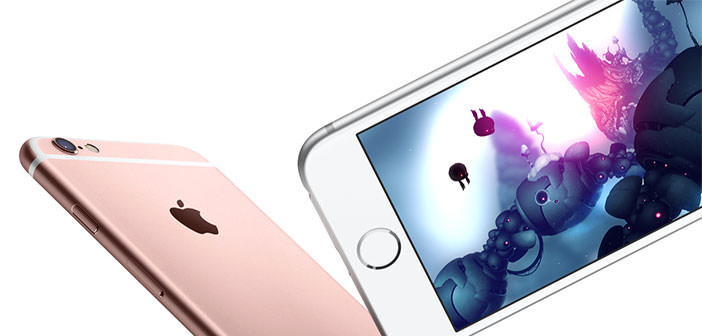How to check if Apple has slowed down your iPhone
Apple slows down the iPhone with faulty batteries. It is not a whim, but a maneuver to deal with the normal degradation of lithium batteries. But what to do to check if your smartphone is slowed down? We’ll explain it on this page!
With an official note, Apple has confirmed that it slows down some of the older iPhone to face the natural degradation in the performance of integrated batteries. Many users have reacted quite badly to the news confusing this particular practice of the company with a strategy of obsolescence programmed to force the purchase of new models, but the situation is certainly more complex.
What is the problem : some old batteries installed on the iPhone no more than the last generation after several charge cycles fail to provide the energy needed to power the integrated electronic components. This results in system reboots and crashes, with the terminal in use that can no longer be started unless connected to the power outlet.
This is regardless of the remaining charge in the battery, due to a problem that occurs especially when apps that require high computational power (GPS navigation, video games with complex three-dimensional environments, and so on) are started.
To avoid this, at the beginning of the first obvious cases, Apple has released several software updates. It was iOS 10.2.1 that finally solved the problem, even if the solution did not please everyone: reduce the maximum operating frequency of the CPU in order to avoid unmanageable consumption peaks for the integrated battery.
He dealt with the situation in depth John Poole of Geekbench, with several graphs showing the spread of the old models of the iPhone that in the database of the suite of benchmarks get results lower than normal. And this happens specifically with iOS 10.2.1 and later.
But what to do to understand if your iPhone needs a new battery? Below we show you the simple steps.
Check the iPhone model, and the OS version
Not all iPhones report the problems we have just explained. The models involved are: iPhone 6, iPhone 6 Plus, iPhone 6S, iPhone 6S Plus, iPhone SE, and even some iPhone 7. For older models, the problem could arise, but the causes could be different since it is about devices that are now old, and in many cases abused and no longer supported.
Performance degradation should only occur with iOS 10.2.1 and later on iPhone 6, iPhone 6S and iPhone SE (plus Plus variants), whereas with previous ones there should be reboots and abnormal crashes when apps that require high power are run calculation.
On iPhone 7, the new smartphone power management was introduced with iOS 11.2. To check which operating system is installed on your smartphone go to the Settings, then to General and then to Search for Version.
Check the battery status
Another important step to take before requesting battery replacement is to check its ” health ” status. After about a thousand charge cycles, lithium-ion batteries suffer from various degradation problems, up to even losing 40 or 50% of their initial efficiency. This is the reason why any smartphone loses its charge capacity over time and is less resistant to the typical day.
The user who uses the smartphone massively is probably also the user who suffers the most from this type of problem, but there is also the way in which the battery is charged that affects its degradation.
There are several apps that allow you to monitor the status of the battery at all times, like Battery Life on the App Store. Apple does not say what is the threshold under which the new energy management criteria are applied, it is clear thatif the status is marked as ” Poor ” the time has come to think about a replacement.
The third-party applications of the Store may not be 100% reliable, so if you have doubts about this, we suggest you go to the nearest Genius Bar to get advice from the company’s experienced technicians.
Check the benchmarks
The best way to test the performance of your smartphone is to run benchmarks and considering that Apple’s energy management affects precisely the CPU clock frequency and performance. The benchmarks can confirm if Apple has slowed down an iPhone due to the degradation of the integrated battery.
The most reliable for this purpose is Geekbench, a benchmark that aims to reveal the ” crude ” performance allowed by the CPU without benefiting from third-party software optimization (such as on browser benchmarks).
On iPhone 6S, the result to be reached is 2500 points, on iPhone 7 of 3500 points. If a terminal gets a lower score of about 500 points, or more it is slowed down and the battery needs to be replaced to get the original performance.

